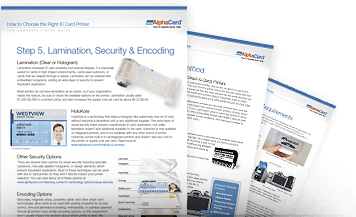Prox & Access Control Cards

Prox & Access Control Cards
For ID badges that double as access control cards, consider using proximity cards. Prox cards use radio frequency technology (RFID) to wirelessly open doors once your card is within range of a prox card reader.
What type of proximity card do you need?
Proximity Badges
A card access system grants access only to employees or members holding a proximity card or badge. Prox cards use radio frequency technology (RFID) to wirelessly open doors once when they are within range of a prox card reader. Shop a full line of proximity cards, fobs, and adhesive tags compatible with any major brand of card access control systems.
 Standard
StandardProximity Cards
as low as: $3.23
 Clamshell
ClamshellProximity Cards
as low as: $2.25
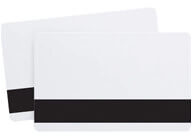 Magnetic Stripe
Magnetic StripeProximity Cards
as low as: $3.56
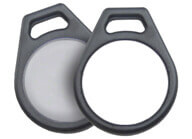 Proximity
ProximityKey Fobs
as low as: $3.39
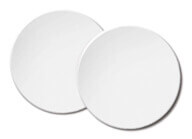 Proximity
ProximityAdhesive Tags
as low as: $2.79
Compare Proximity Badge Brands
Stop settling for the long lead times & high prices of HID proximity cards and access control systems. Your order of AlphaPass credentials will be ready within 1 - 4 days. This means you'll get your card access system credentials weeks faster than with HID Cards—and at a fraction of the cost.
 |
 |
|
|---|---|---|
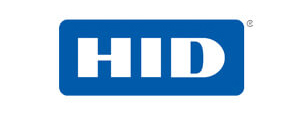 |
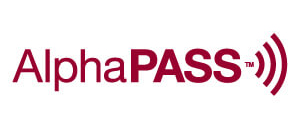 |
|
| HID Proximity | AlphaPass | |
| Lead Time | 2-3 Weeks | 1-4 Days |
| Frequency | 125 KHz | 125 KHz |
| Format | 26 bit | 26 bit |
| Readers | HID | Universal (including HID, Indala) |
| Clamshell Cards | $2.68 | $2.25 |
| PVC Cards | $4.58 | $3.23 |
| Mag Stripe Cards | $4.98 | $3.56 |
| Fobs | $4.98 | $3.39 |
| Adhesive Tags | $3.28 | $2.79 |
| Vehicle Tags | $27.98 | — |
| Warranty | Lifetime | Lifetime |
| Shop HID | Shop AlphaPass | |
| Save up to 23% over HID |
Learn More
Ordering proximity cards doesn't have to be complicated. Let our experts help you understand the technology and options for access control cards.
- What is a Proximity Card?
- How do Proximity Cards Work?
- Learn about Proximity Card Formats, Facility Codes and Range Numbers
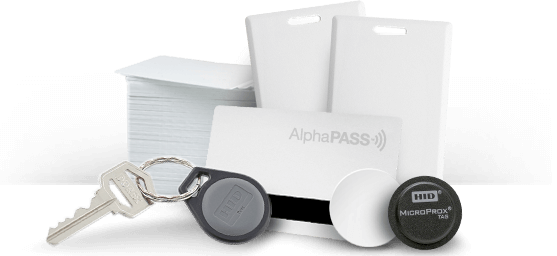
What is a Proximity Card?
A proximity card (also known as prox cards or access control cards) is a card that works with door access control systems to wirelessly unlock the door, replacing a traditional key and lock. Prox cards make it easy to restrict access to a campus, building, or secured area.
Prox cards are used in businesses around the world in a wide variety of industries. They are extremely popular with large office buildings, businesses with large campuses and multiple buildings, schools, government offices, and more.
PVC Cards
PVC prox cards are made from durable white PVC. They are the same size and shape as a standard CR80 card.
Composite Cards
Composite prox cards are made from a more durable composite material of PVC and polyester, allowing them to withstand higher temperatures during the card lamination process. They are also the same size as a standard CR80 card.
Printable Cards
Not all prox cards are made from materials that can be printed on. If you need to print on your cards using an ID card printer, look for ones that are made specifically for printing. HID calls their printable cards ISOProx.
Clamshell Cards
Clamshell cards are thicker than a standard card, and use two pieces of rigid PVC to sandwich the proximity antenna. Clamshell cards cannot be printed using an ID card printer because of their size; instead, you can print on adhesive-backed CR79 cards and apply them to the clamshell card.
Magnetic Stripe Cards
These cards have a HiCo magnetic stripe, allowing you to store data on the card. This makes them useful as student ID cards, payment cards, and more. HID calls these DuoProx cards.
Key Fobs
These small prox cards are designed to fit on your key ring and come with a key ring slot. Although smaller than a traditional prox card, they still work the same.
Adhesive Tags
These adhesive-backed small disks work like a full sized prox card, but can be stuck onto another object to turn it into a proximity card. Most often used to convert existing employee ID cards into prox cards, these tags can also be stuck on phones, phone cases, and wallets.
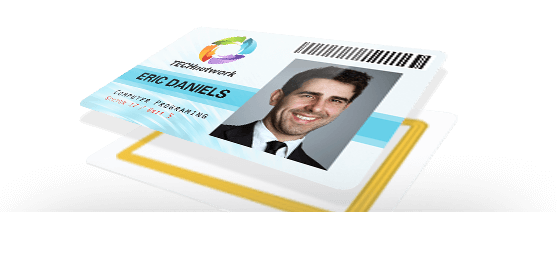
How do Proximity Cards Work?
Proximity cards, also called prox cards, work by wirelessly transmitting data to a card reader once they get within the read range, triggering your access control system to unlock the door. All prox cards use a 125 kHz frequency to transmit data, and have an internal antenna embedded into the card.
How to Code Prox Cards
Most prox cards are ordered pre-encoded from the manufacturer. To order your cards, you will need three key pieces of information:
- Card format
- Facility Code
- Card range number
This information allows your cards to work with your access control system, as cards that do not match your settings will not be read. When you are first installing your system, these card settings will be selected.
How to use Prox Cards
Prox cards work by wirelessly sending data, so they only need to get close to the reader without actually touching it — and the card, key fob, or tag can stay in your wallet, bag, or pocket and still be read. This makes them extremely fast and efficient to use compared to traditional locks and keys.
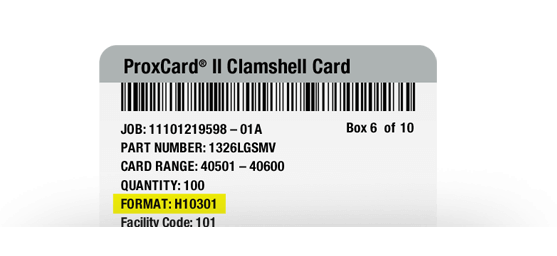
Learn about Proximity Card Formats, Facility Codes and Range Numbers
When you are ordering prox cards, there are three key pieces of information you need to have: the card format, the facility code, and the card range numbers (or sequence). Not sure what those are? Here's a quick overview.
Proximity Card Formats
The card format describes the way your prox card is encoded — it defines the way your card and the card reader will communicate. Not every card reader can read all the formats, so you need a reader and cards that use the same format.
When it comes to card formats there are several options to choose from, but 26-bit H10301 is the most popular format. There are also open formats, which any company can use, and proprietary formats that belong to a single business.
Facility Codes
The facility code, or site code, is a specific number that is used to identify your access control system. This number, usually between 0 and 255, is assigned to your system and programmed into the cards — if the facility code doesn’t match your system, the card will not work.
Your access control system can read more than one facility code, so it is not required that your new cards use the same facility code as the old ones (although you will need to update your system to allow the new code). This is used by many businesses and universities to assign different facility codes to different offices or campuses.
Card Range Numbers
The card range number, also called a sequence number, is the internal ID number for a card — along with the facility code, this is what identifies each card to your system. Depending on your card format, card ranges go from 0 to 65,535. It is essential that you do not repeat card numbers — this is what identifies each card, and duplicate cards will not work.
If you need more than 65,535 cards (or whatever the limit of your format is), you will need to use different facility codes; this allows you to have all the available card numbers in both ranges, because the facility code and card number will not match.
When ordering your next box of prox cards, start with the next number in your sequence. For example, if your last box had a card range of 400 — 550, your next box should start with card 551.
Get Help from a Prox Expert
What type of proximity card do you need?


